The big names—Mustang, Camaro, Challenger—still get all the headlines. But the pony car wars weren’t fought by just the famous three. Throughout the late ’60s and early ’70s, plenty of other contenders stepped onto the scene, trying to cash in on America’s appetite for fast, affordable, and good-looking coupes. Some had the power, others had the styling, and a few even had both. But for one reason or another, they faded into the background. These are the ones you probably forgot—but shouldn’t have.
1968 AMC Javelin SST

AMC’s Javelin SST arrived with serious intent. With an available 343-cubic-inch V8 pushing out 280 hp and an optional Go Package, it had the numbers to play ball. It was wider than most rivals and had clean, muscular lines.
Though AMC never had the marketing muscle of the Big Three, they built nearly 56,000 Javelins in 1968. It wasn’t a flop—but it quickly got overshadowed by flashier competition and never quite built the legend it deserved.
1970 Mercury Cougar Eliminator
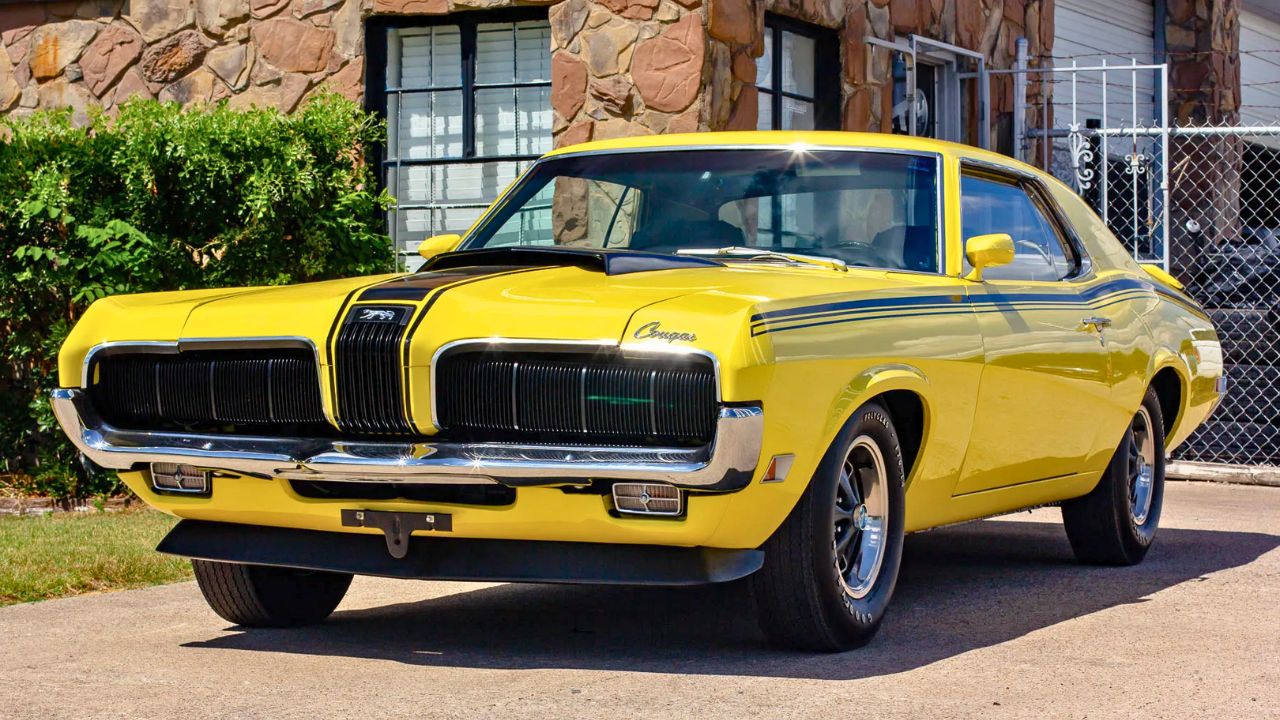
The Cougar started life as a more upscale Mustang, but by 1970 the Eliminator package turned it into a real threat. Buyers could spec it with a Boss 302, 428 CJ, or 351 V8. It also came with upgraded suspension and aggressive looks.
Only about 2,200 Eliminators were built that year, making it a rare sight then and now. It had the chops but never escaped the Mustang’s shadow—and Mercury didn’t have the brand identity to keep it alive as a muscle icon.
1971 Plymouth Duster 340
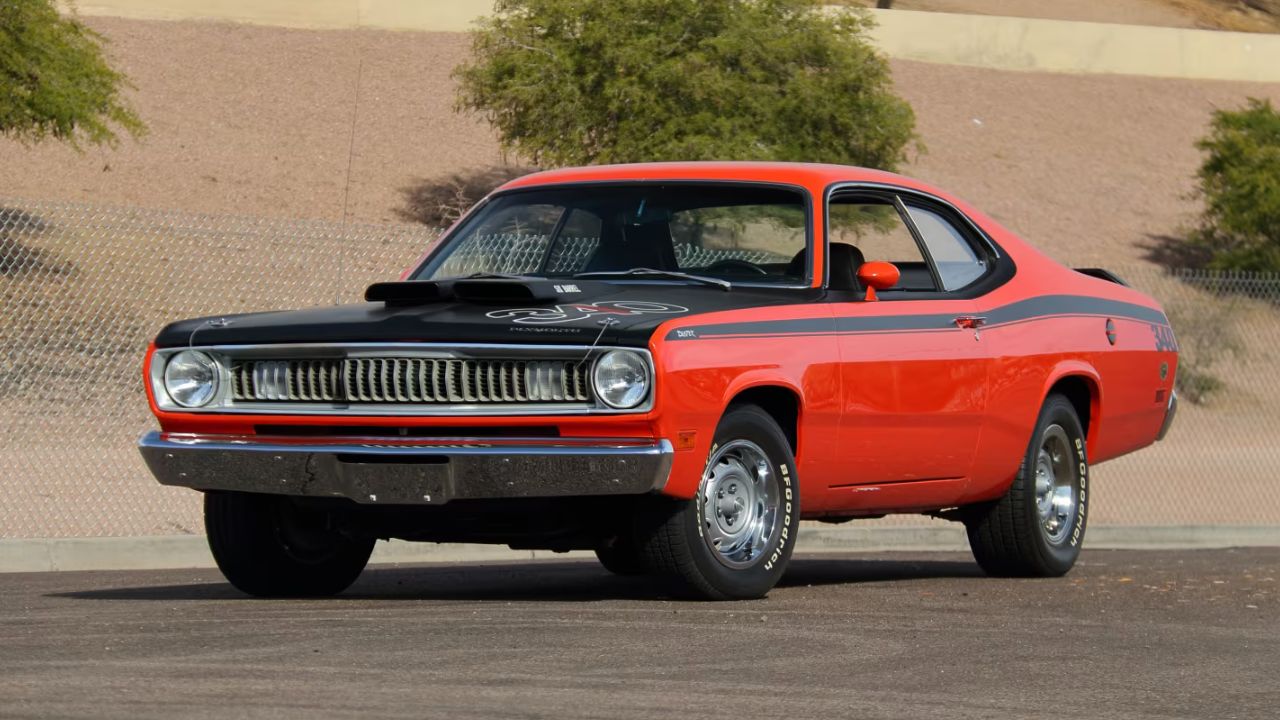
Technically a compact, but in spirit and performance, the Duster 340 was a budget pony car killer. It weighed around 3,100 lbs and packed a 275-hp small block, which gave it surprising speed off the line.
Plymouth built over 12,000 of the 340s in 1971, but today, the Duster is mostly remembered as an economy car. The high-performance versions are finally getting attention, but for decades they sat quietly in the margins of the muscle era.
1969 Pontiac Firebird Sprint

Everyone remembers the Trans Am and 400 Ram Air variants, but Pontiac also offered something unique—the OHC inline-six Sprint model. With 230–250 hp, it wasn’t slow, and it had a lighter front end that made for crisp handling.
It was aimed at the European market and drivers who valued balance over brute force. Unfortunately, it didn’t sell well, and the Sprint was gone by 1970. Pontiac gambled on sophistication in a brawl, and the market wasn’t ready.
1970 Dodge Challenger SE

Most people think R/T when they hear Challenger, but the SE trim added personal luxury to the pony car formula. You could still get it with a 383 or 440, but it also came with leather trim, vinyl top, and hidden headlights.
It straddled two categories and didn’t fit neatly into either. While the R/T became iconic, the SE quietly disappeared, despite its production numbers being comparable. Today, it’s often overlooked, even though it shared the same body and engine options.
1971 Ford Maverick Grabber
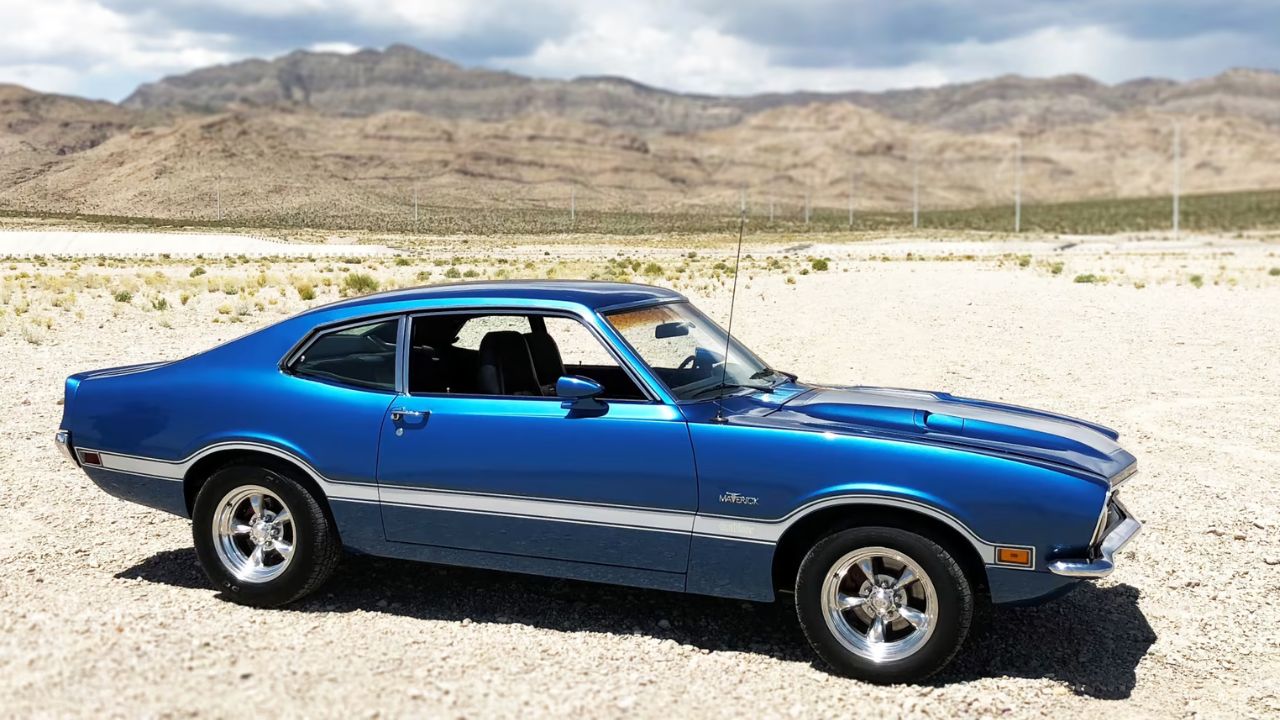
Ford introduced the Maverick as a Mustang replacement in the compact segment. The Grabber package gave it stripes, spoilers, and optional V8 power. It wasn’t fast out of the box, but the 302 V8 had potential with tuning.
The Grabber was more show than go, but it filled a niche during tightening emissions and rising insurance costs. Production peaked in 1971 at over 38,000 units, but most have disappeared. The Grabber name survived, but the Maverick never got much love.
1975 Chevrolet Monza 2+2
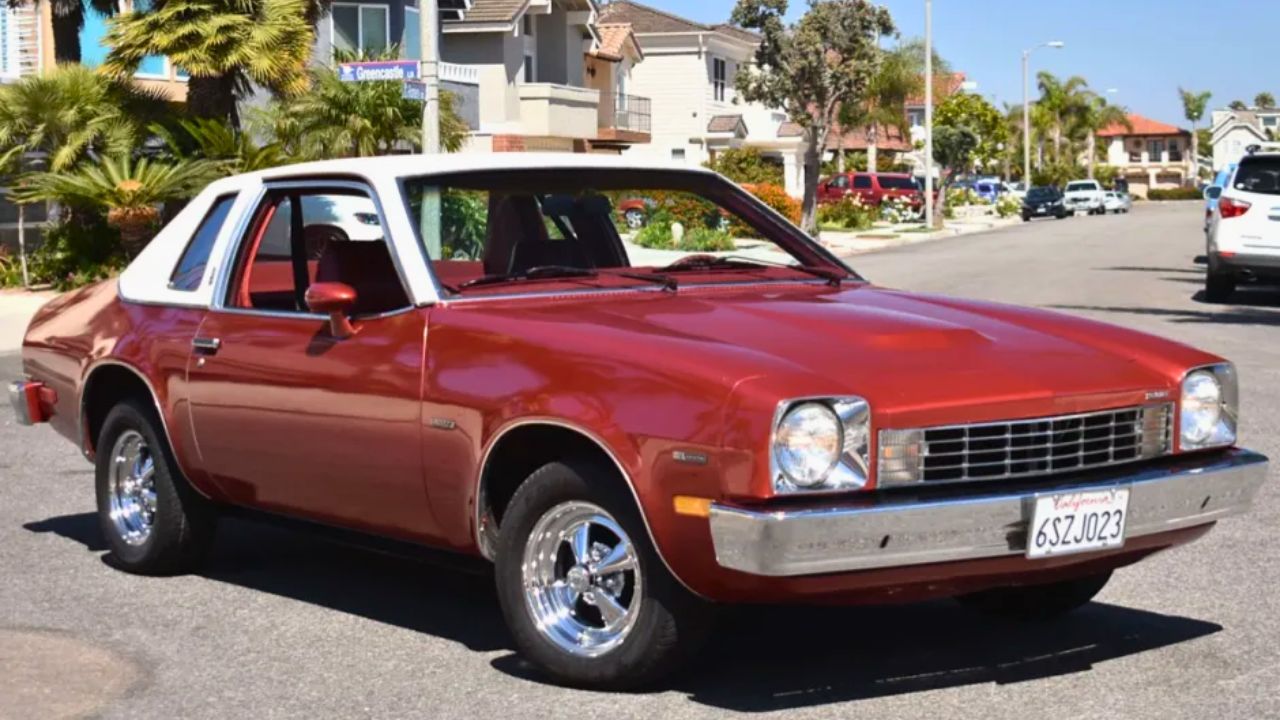
The Monza 2+2 came during tough times—emissions, safety regs, and the death of cheap horsepower. But Chevy still managed to squeeze in a 350 V8 option, even if it required serious contortions to fit under the hood.
It wasn’t a muscle car by traditional standards, but it offered style and some grunt in a package the size of a Vega. Not many survive today, partly due to rust and partly because no one kept them around. Still, it was GM’s attempt to keep the flame lit.
1967 Rambler Rogue V8
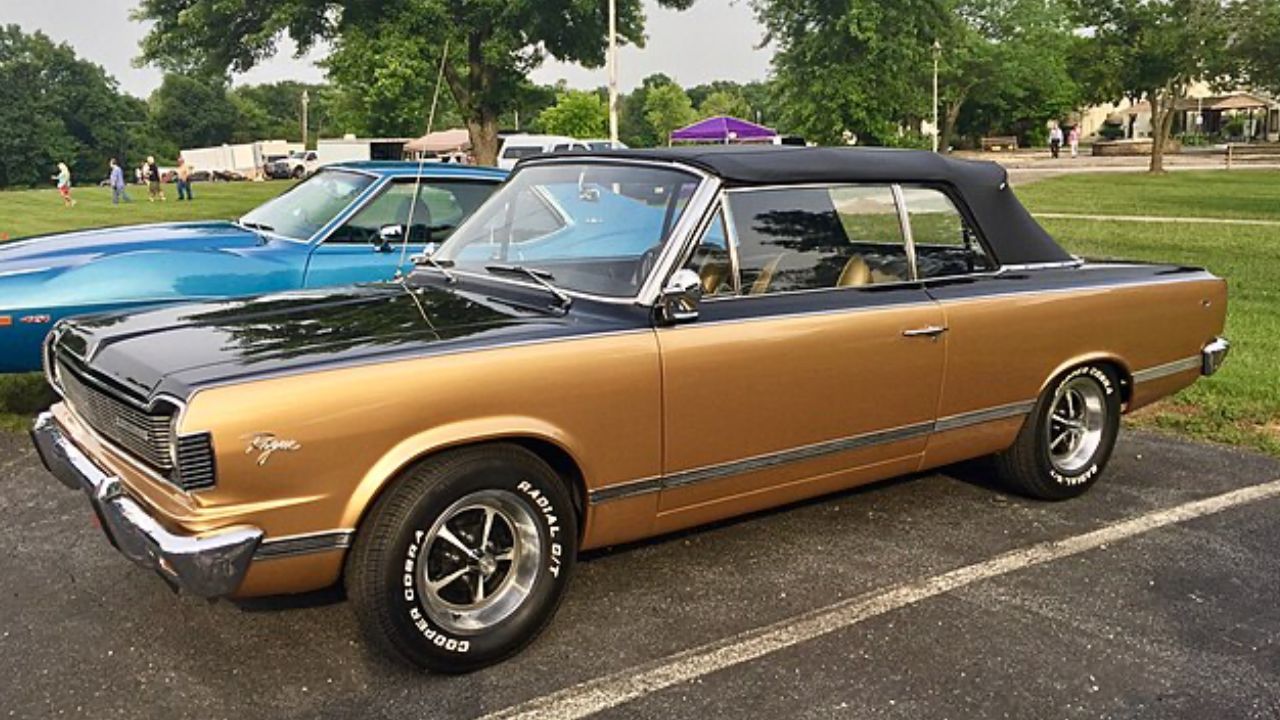
This one slips through the cracks even for die-hard muscle fans. AMC stuffed a 280-hp 343 V8 into their compact Rogue and called it a day. No stripes, no scoops—just a basic car with serious torque and a 4-speed manual.
Only a few thousand were made, and they were cheap to begin with, so most didn’t survive. But in the right configuration, the Rogue was quick and surprisingly refined for a car nobody talks about anymore.
1974 Pontiac Ventura GTO
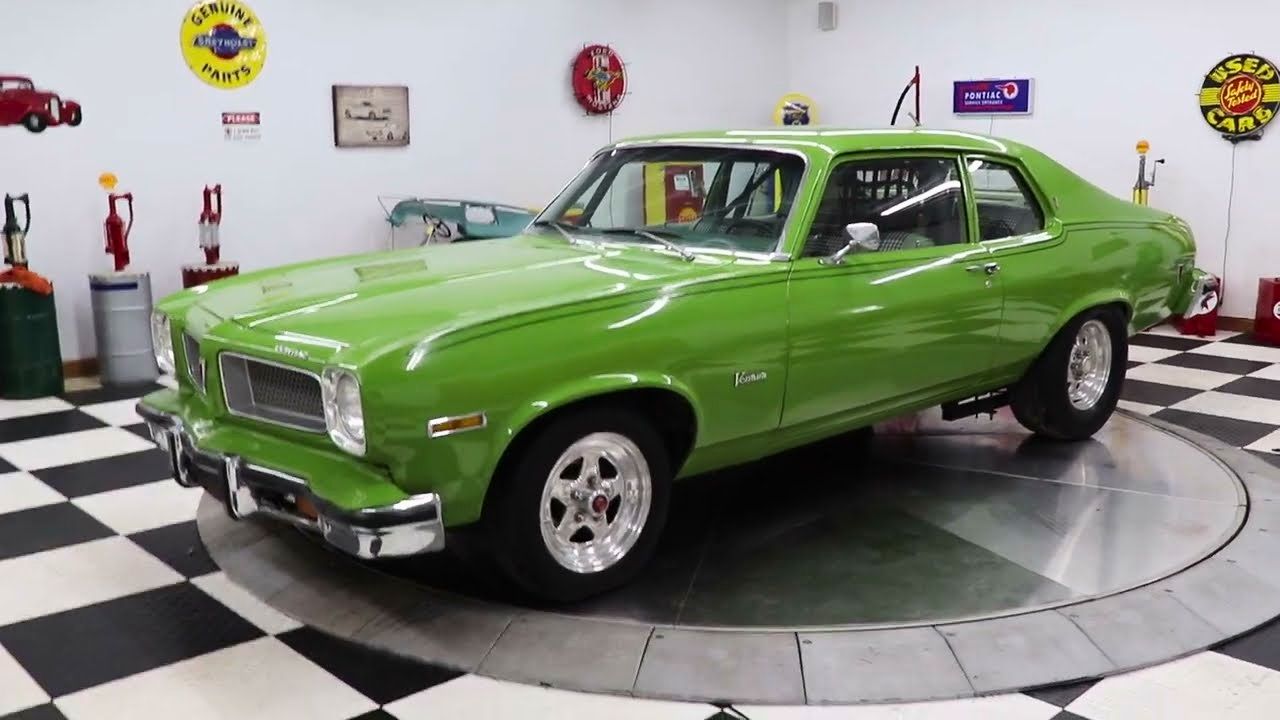
Pontiac tried to keep the GTO badge alive in 1974 by slapping it on the Ventura platform. It came with a 350 V8, hood scoop, and Rally II wheels—but it was no match for the earlier GTOs in performance or image.
Still, it wasn’t slow for the era, and it handled decently thanks to its Nova-based chassis. It sold poorly and only lasted one year. Most fans pretend it doesn’t exist, which makes it all the more interesting today.
1973 Buick Apollo GSX
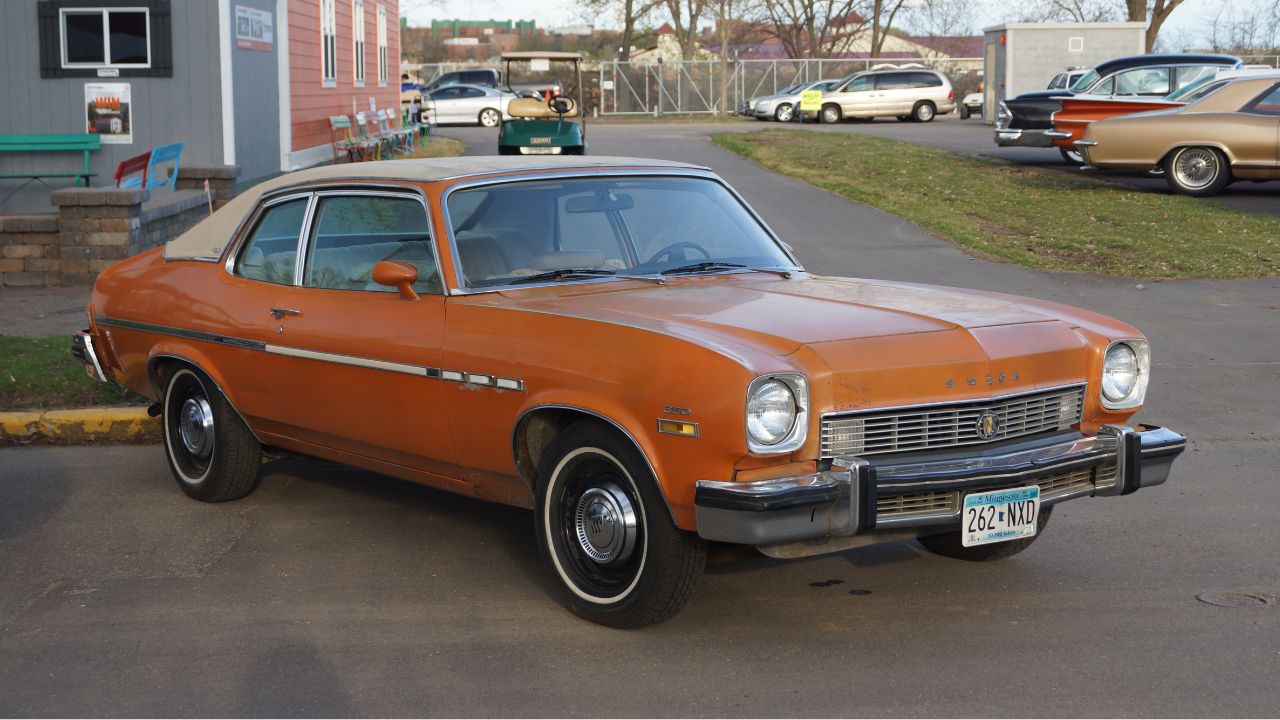
Yes, Buick made a GSX version of the Apollo—briefly. Built on the same X-body as the Nova, the Apollo GSX was more of a dealer package than a factory model. It came with stripes, badging, and could be optioned with a 350 V8.
It’s one of the rarest Buicks of the muscle era, with fewer than 1,000 estimated to exist. Most people have never even heard of it. But if you’re into Mopar and GM oddballs, the Apollo GSX is a forgotten chapter worth remembering.
Like Fast Lane Only’s content? Be sure to follow us.
Here’s more from us:

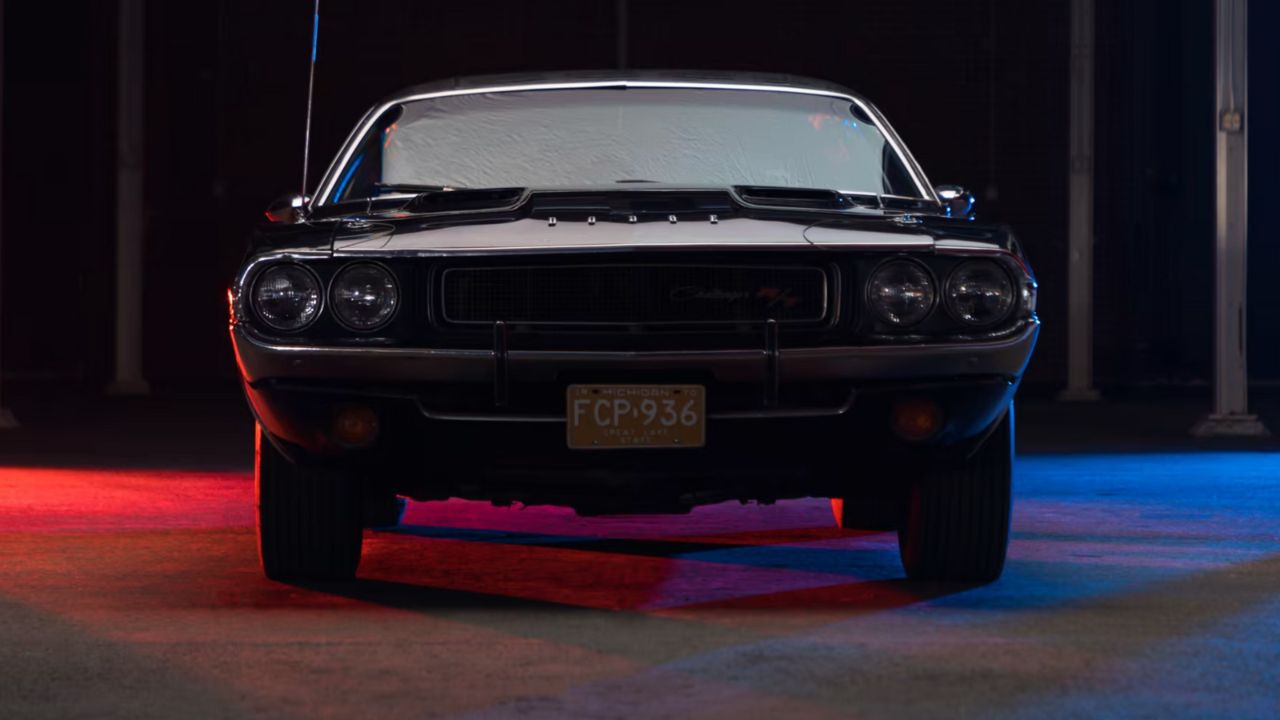
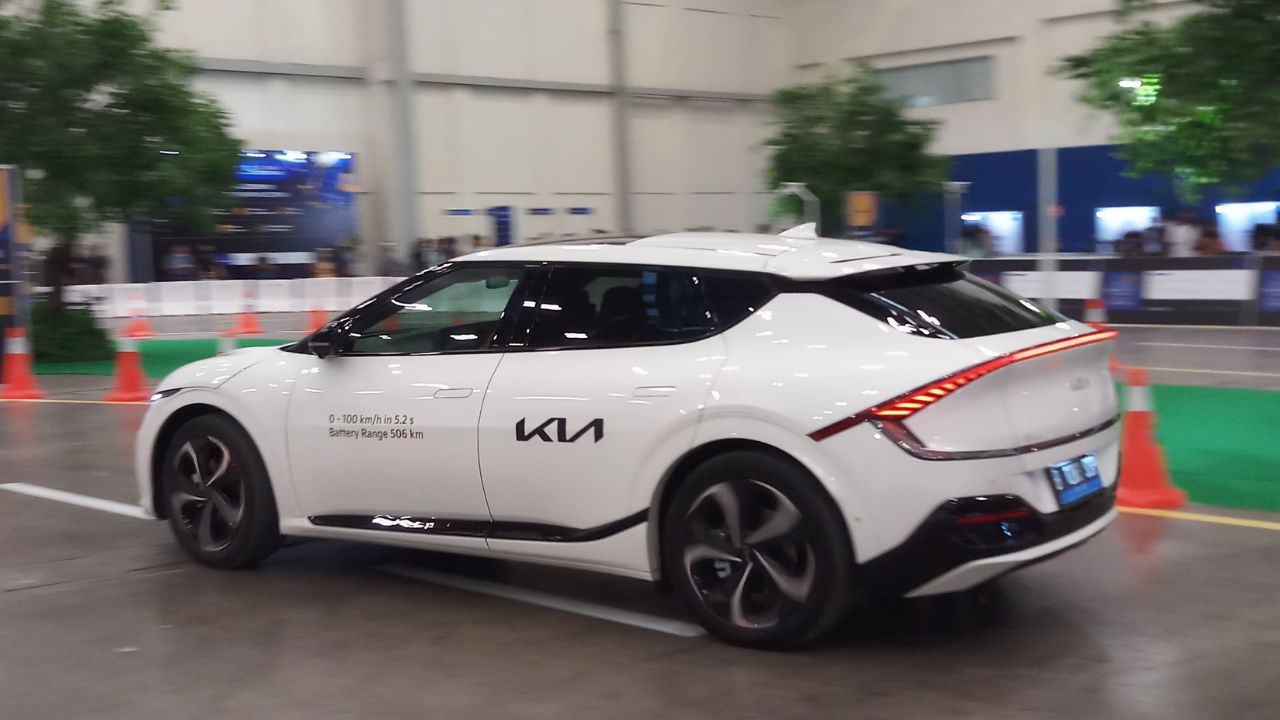



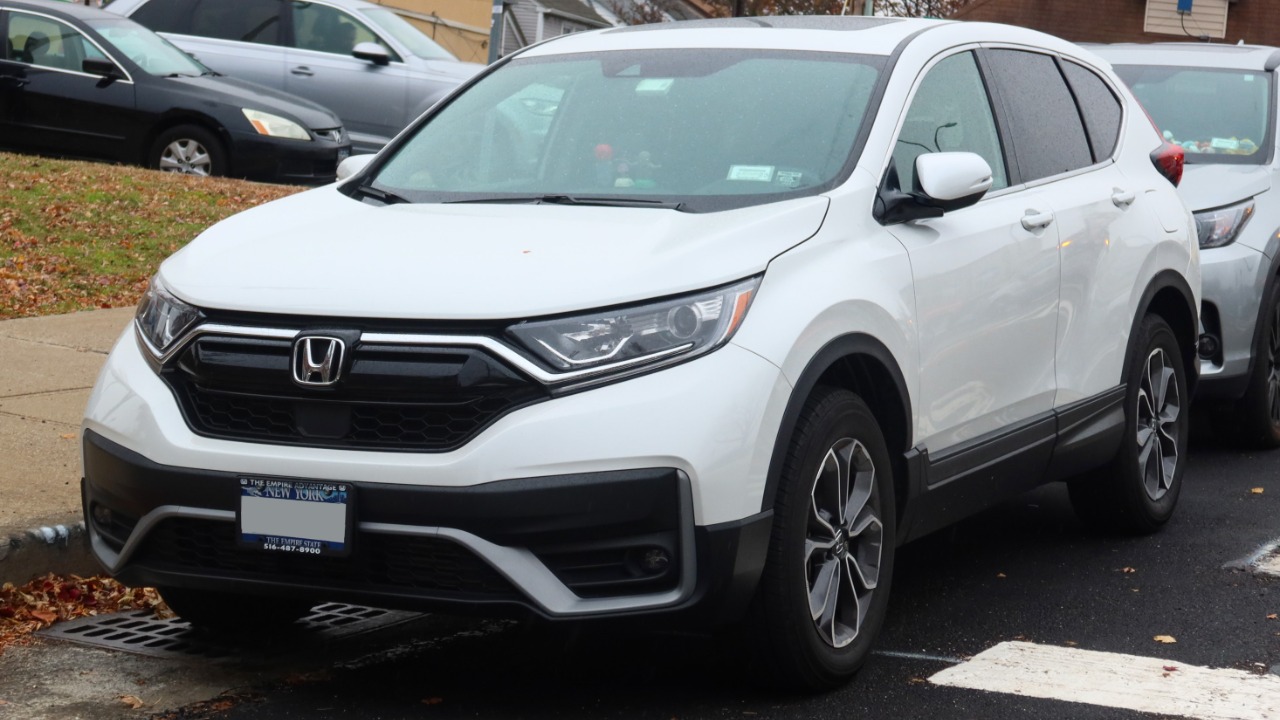
Leave a Reply